Amid the chaos of World War II, as global conflict raged, an extraordinary discovery was made in the Egyptian sands—one that would captivate archaeologists for decades to come. In 1940, French Egyptologist Pierre Montet uncovered the lost royal tombs of Tanis, a city once forgotten by time. Among these tombs lay the treasures of the “Silver Pharaohs,” rulers whose opulent burials defied the conventional golden glory of Egypt’s past. This revelation, set against the backdrop of war, not only illuminated Egypt’s Third Intermediate Period but also revealed the grandeur of a dynasty that had remained in the shadows of history.
Tanis: The Forgotten City
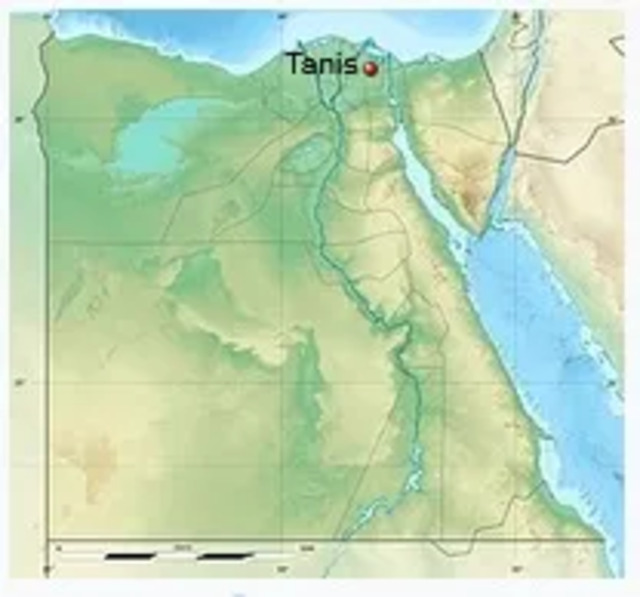
Tanis, located in Egypt’s northeastern Nile Delta, was once a thriving center of power during the 21st and 22nd Dynasties. Known to the Egyptians as ḏꜥn.t, Tanis served as the capital after the fall of Pi-Ramesses, the grand city of Ramses II. However, it wasn’t until the 19th century that Tanis began to reveal its secrets to modern archaeologists, who were fascinated by its strategic location and monumental remains.
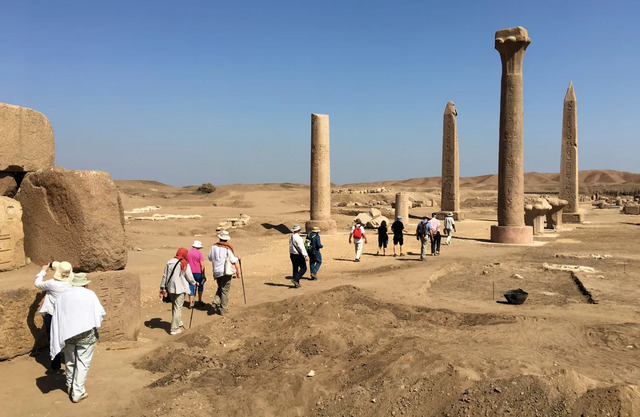
In 1866, German Egyptologist Karl Richard Lepsius discovered a copy of the Canopus Decree at Tanis, a bilingual inscription that confirmed the accuracy of hieroglyphic decipherment. This discovery ignited further interest in the city. Yet, it wasn’t until Pierre Montet’s excavations in the early 20th century that Tanis’s true significance came to light. Montet’s work at Tanis revealed a city filled with monumental stonework, some of which had been relocated from Pi-Ramesses, creating a unique fusion of ancient Egyptian grandeur.
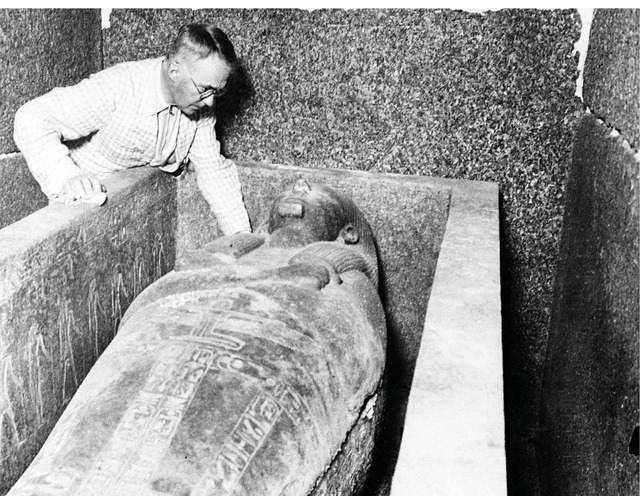
Video
Watch the video The Mystery of the Silver Pharaoh to uncover the secrets behind one of Egypt’s most enigmatic rulers in this captivating documentary.
The Silver Pharaohs
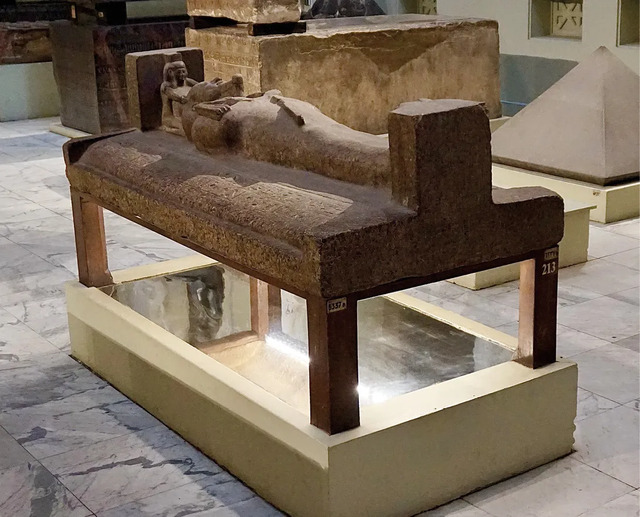
The heart of Montet’s discoveries lay in the tombs of the 21st and 22nd Dynasty pharaohs, which had been untouched for thousands of years. Unlike the famed golden treasures of Tutankhamun, these tombs were adorned with the lustrous gleam of silver, leading to the term “Silver Pharaohs.” The most spectacular of these discoveries was the tomb of Psusennes I, a ruler whose wealth and artistic legacy rivaled that of Egypt’s most renowned pharaohs.
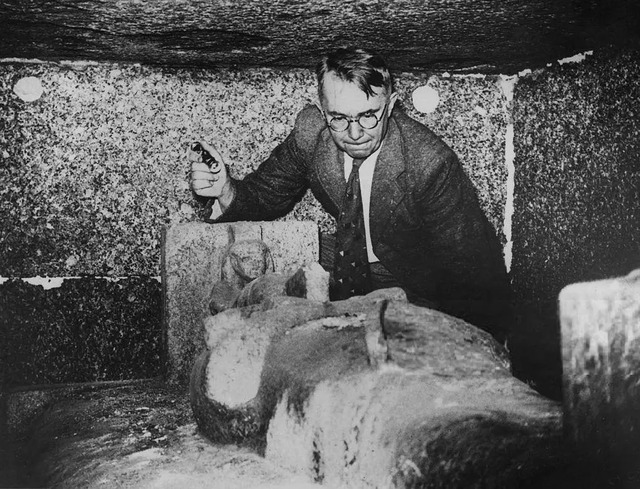
In 1939, Montet uncovered the silver coffin of Psusennes I, a rarity in ancient Egypt, where silver was considered more precious than gold. The coffin, sculpted to mirror the king’s face, was a stunning example of craftsmanship, showcasing the opulence of the Third Intermediate Period. Within the tomb, Montet found gold and silver jewelry, including a funerary mask inlaid with lapis lazuli, as well as sandals, rings, and other treasures that depicted the splendor of the era. Despite the humid conditions of the Nile Delta, these precious artifacts endured, preserving the legacy of the Silver Pharaohs for centuries.
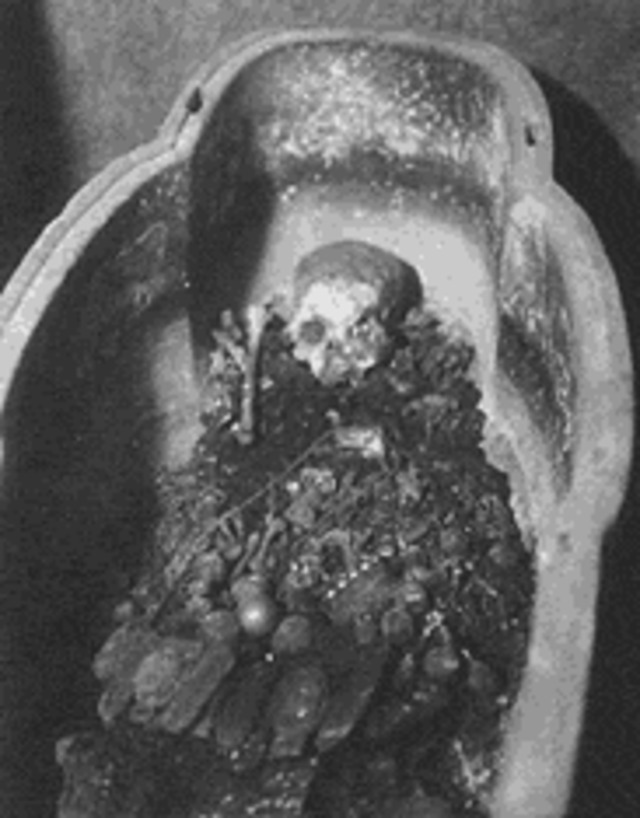
The Discovery of Psusennes I’s Tomb
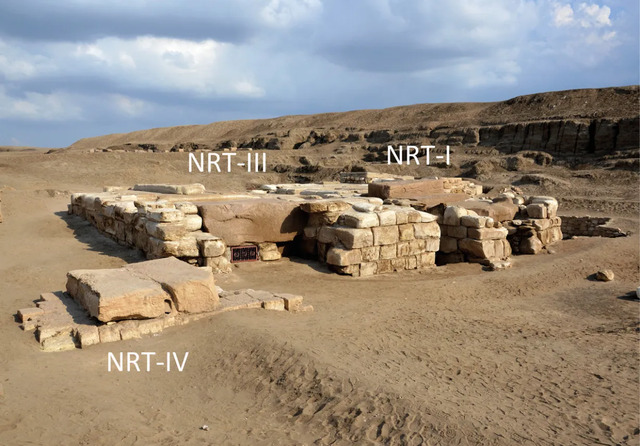
Montet’s discovery of Psusennes I’s tomb in 1939 was a momentous event in the world of Egyptology. The tomb had been undisturbed by grave robbers, a rarity for royal tombs, which were often looted shortly after burial. The tomb’s walls were decorated with scenes from the “Book of the Dead” and other funerary texts, giving insight into the religious practices of the time.
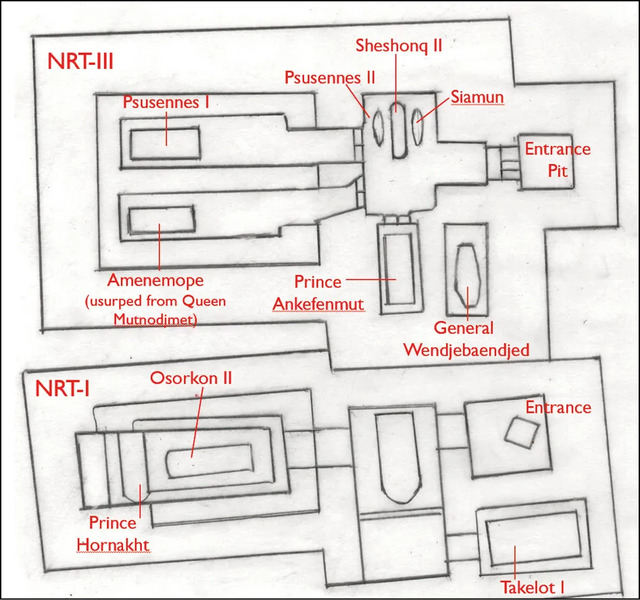
Among the most notable finds was the silver anthropoid coffin, which contained the mummified remains of Psusennes I. The pharaoh’s body was adorned with a magnificent golden mask and covered in jewelry, symbolizing both his wealth and the religious reverence with which he was treated. Despite the passage of time, the tomb’s treasures and the pharaoh’s grandeur were preserved, offering a rare glimpse into the ancient Egyptian world.
The Third Intermediate Period: A Time of Change
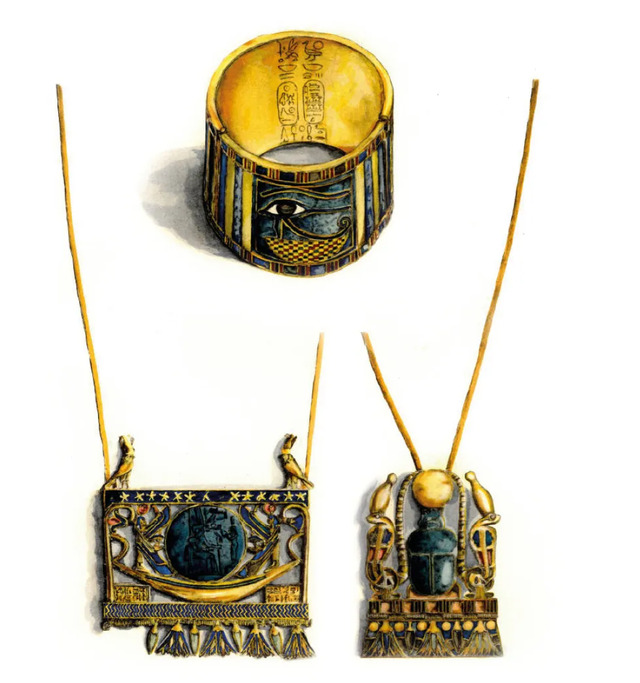
Psusennes I’s reign, during Egypt’s Third Intermediate Period, was marked by political instability and a fragmented kingdom. Unlike the powerful dynasties of the New Kingdom, Egypt was divided, with the high priests of Amun in Thebes holding significant power, while the pharaohs of Tanis ruled the north. Psusennes I’s ability to maintain stability through strategic alliances and diplomatic marriages was crucial in preserving his dynasty’s influence.
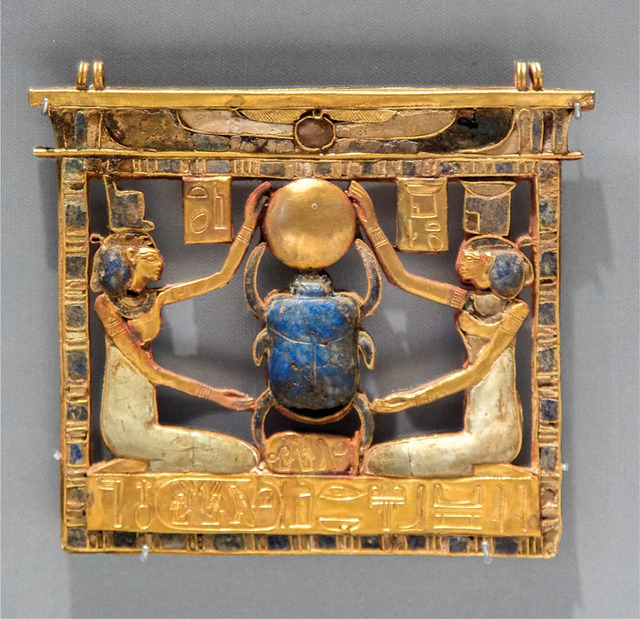
While Egypt’s political landscape shifted, the art and culture of the period flourished. The tombs of Tanis, with their wealth of artifacts, show the continued importance of religious rituals and funerary practices, even as the kingdom’s power was waning. The silver coffins, gold jewelry, and statues found at Tanis are not only a testament to the pharaohs’ wealth but also to the resilience and cultural continuity of Egypt during a time of change.
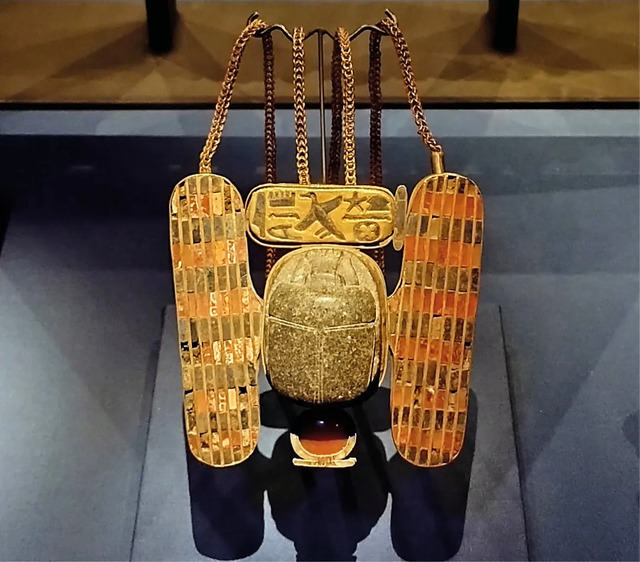
Tanis Today: A Testament to Egypt’s Glorious Past
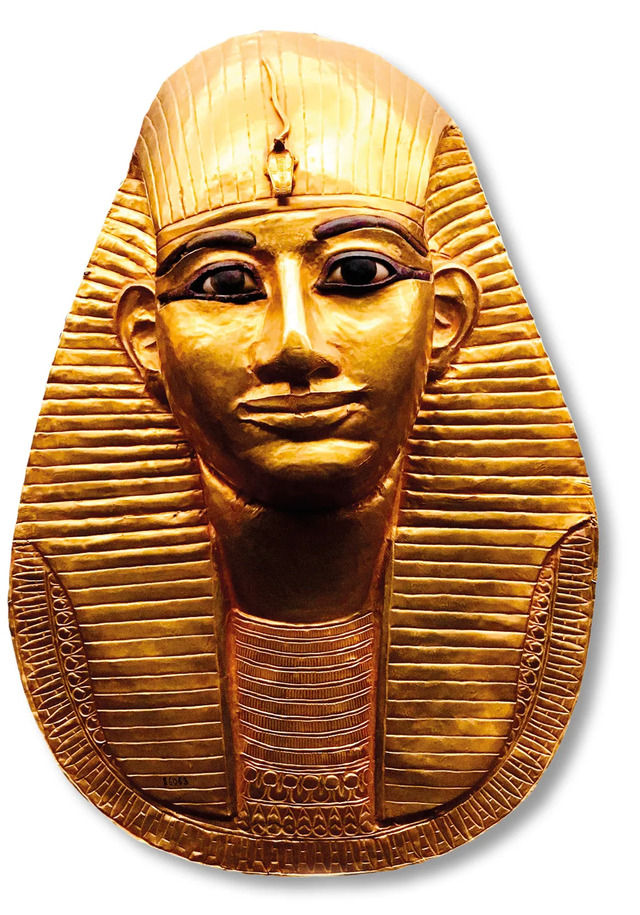
Today, the ruins of Tanis stand as a testament to Egypt’s glorious past. Although the city’s prominence waned after the Third Intermediate Period, it continues to offer invaluable insights into the political, cultural, and religious life of ancient Egypt. The discoveries at Tanis, particularly the tombs of Psusennes I and his successors, have reshaped our understanding of Egypt’s history, highlighting the importance of the Silver Pharaohs in an era often overshadowed by the grandeur of earlier dynasties.
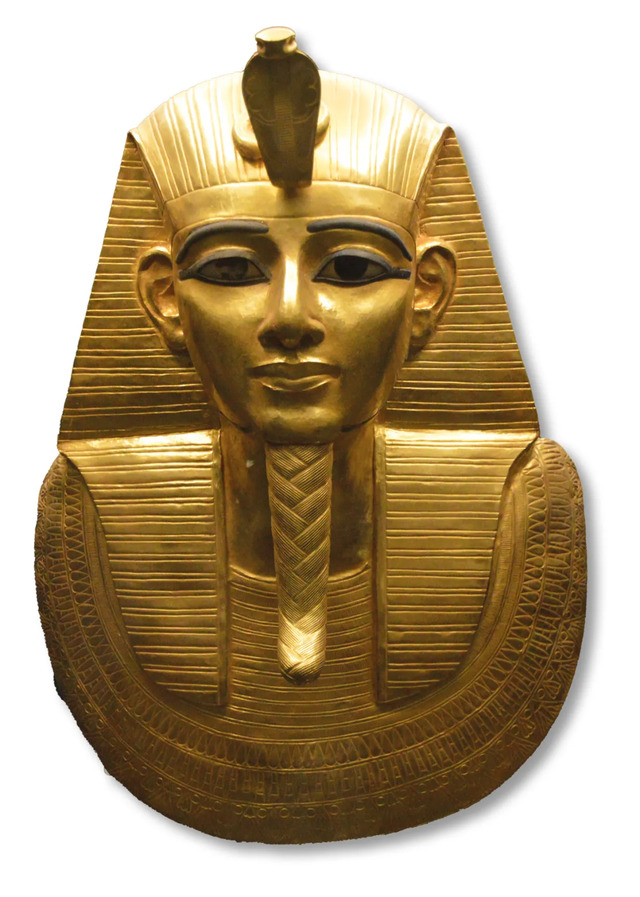
The treasure trove unearthed at Tanis has inspired comparisons with the treasures of Tutankhamun, though the tombs of Tanis remained largely undisturbed, preserving their contents in exceptional condition. The silver and gold artifacts, along with the beautifully crafted coffins and funerary masks, offer a glimpse into the opulence and artistry of Egypt’s Third Intermediate Period. Montet’s work at Tanis not only uncovered the forgotten rulers of this era but also provided a profound understanding of the ancient Egyptian worldview and the religious practices that shaped it.
The Legacy of the Silver Pharaohs

The legacy of the Silver Pharaohs is one of resilience, artistry, and grandeur. The discovery of Psusennes I’s tomb and the treasures of Tanis brought to light a previously overlooked period in Egyptian history, revealing a civilization still rich in culture and wealth despite the political fragmentation that marked the era. The silver coffins, golden funerary masks, and intricate jewelry serve as enduring symbols of Egypt’s artistic and cultural achievements during the Third Intermediate Period.
While the treasures of Tanis have not garnered the same global fame as those of Tutankhamun, they offer an equally captivating glimpse into the splendor of ancient Egypt. The Silver Pharaohs, through their tombs and treasures, remind us that even in times of political instability, art, culture, and religion continued to flourish, leaving behind a legacy that endures to this day.
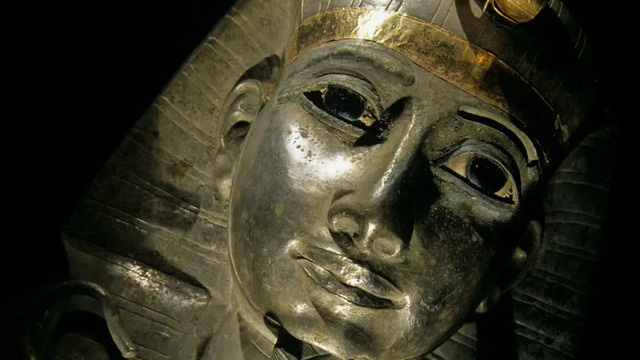
Video
Watch the video Ancient Monuments of Egypt in stunning 4K to journey through the timeless wonders of Egypt’s most iconic landmarks.
Conclusion
The discovery of the tombs at Tanis was a momentous event in the field of Egyptology, providing a wealth of knowledge about the Third Intermediate Period and the Silver Pharaohs. Pierre Montet’s excavations in the 1930s and 1940s uncovered a wealth of treasures that have since reshaped our understanding of ancient Egypt. The silver coffins, gold funerary masks, and other artifacts found at Tanis not only reflect the wealth of the Silver Pharaohs but also provide a window into the complex political and religious landscape of their time. As we continue to study these remarkable discoveries, the legacy of the Silver Pharaohs remains an enduring testament to the grandeur and resilience of ancient Egypt.



